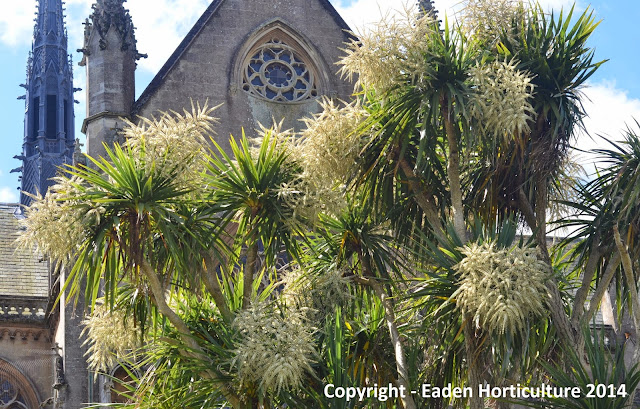 |
| How to grow Musa balbisiana from seed |
Commonly known as the 'King Kong' banana or the Giant Banana - Musa balbisiana 'Gigantea' is a surprisingly tough, fast-growing species noted for its enormous paddle-shaped leaves and striking black stems. Found growing in a remote region of Arunachal Pradesh, a North Eastern state in India, Musa balbisiana 'Gigantea' is a popular choose in its native lands due to a higher resistance to various pests and diseases compared to the original plantain species.
Under favourable conditions you can expect the stem to reach a height of between 16-20 feet. It is a fast-growing species with gorgeous upright leaves up to 9 feet long and about 2 feet wide. Leaves are a blue-green color above (caused by a relatively thick layer of surface wax ) and paler green underneath. The midrib is green to yellow-green. Musa balbisiana Gigantea produces huge yellow flowers, followed by large clusters of tasty bluish green fruits which eventually develop yellow skin as they mature. They do have a little pulp, are heavily seeded and difficult to eat. The fruits are bigger and more compact then normal Musa Balbisiana.
 |
| King Kong bananas |
Before sowing your seeds soak for 24 hours in warm water. Then using a seed tray or large modular tray, fill with a good quality seed compost such as John Innes ‘Seed and Potting’. Using a dibber sow the Musa balbisiana seed ¼in deep, then backfill the hole with a little more compost. Water thoroughly, but allow the excess water to drain away before placing the tray in a heated propagator or sealing inside a clear polythene bag and placing in a warm bright area. If using a heated propagator set a day temperature of around 28-30 degrees Celsius and a night temperature of around 16-18 degrees Celsius. Be aware that the germination of Musa balbisiana can be slow and erratic taking between 1-6 months to germinate.
Keep the compost moist but not waterlogged and once germinated improve ventilation as fungal infections can take hold on both the foliage and the root system.
Once the root system has established the seedlings can be potted on into 9cm pots and allowed to grow on in a warm, frost free position. Water well during the growing season and feed with a liquid soluble fertiliser every couple of weeks.
HOW TO GROW BANANAS OUTSIDE IN THE UK
HOW TO GROW BANANA TREES FROM SEED
HOW TO OVER WINTER BRUGMANSIA
HOW TO OVER WINTER CANNA LILIES
HOW TO OVER-WINTER CITRUS PLANTS OUTSIDE
HOW TO OVERWINTER GUNNERA MANICATA
HOW TO OVERWINTER LILY BULBS












